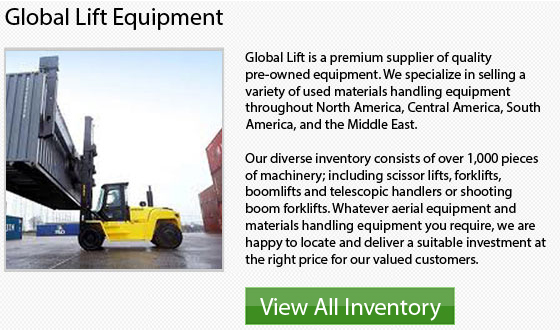
The lift truck is a huge piece of industrial machinery used in the majority of warehouses and distribution centre's for the purpose of carrying and moving heavy loads. The heavy load is picked up by the lift truck typically on a wood pallet, though many other methods could be used. These loads are scooped up onto the forks of the forklift, that protrude from the front of the machine. Once the cargo is securely placed on the forks, the operator can drive the machinery and transport the supplies to a particular area.
The forklift is used most often to move cargo from one area to another in the specific job location. Moreover, they can be utilized to unload shipments from trucks, trains and shipping containers, and are used frequently on dockyards all around the globe. Ever since its invention, forklifts have become amongst the key pieces of industrial machinery for a range of industries and a lot of businesses. There are millions of companies throughout the world that could not function or successfully operate without utilizing a forklift on a daily basis.
The choice for companies is to purchase a brand new or used lift truck or to hire one for rent. If the company is just starting up, often times the rental option is the best until they could save up enough money make such a vital investment. Additionally, renting various types of machinery would help them know which one is more suitable for their specific applications so it could be really beneficial to lease first.
Forklift Components
There are a lot of different compartments which make up a lift truck. Several of the important features comprise the carriage which the forks are attached to, the forks at the front, the frame of the truck that is the forklift's main structure, where all of the components are connected to, and the cab from where the operator sits and where the equipment's controls are located. Normally, the power source of the forklift is either a combustion kind of engine or battery operated. Additional attachments are capable of being fitted onto the front of the machine so as to accommodate a wide variety of loads.